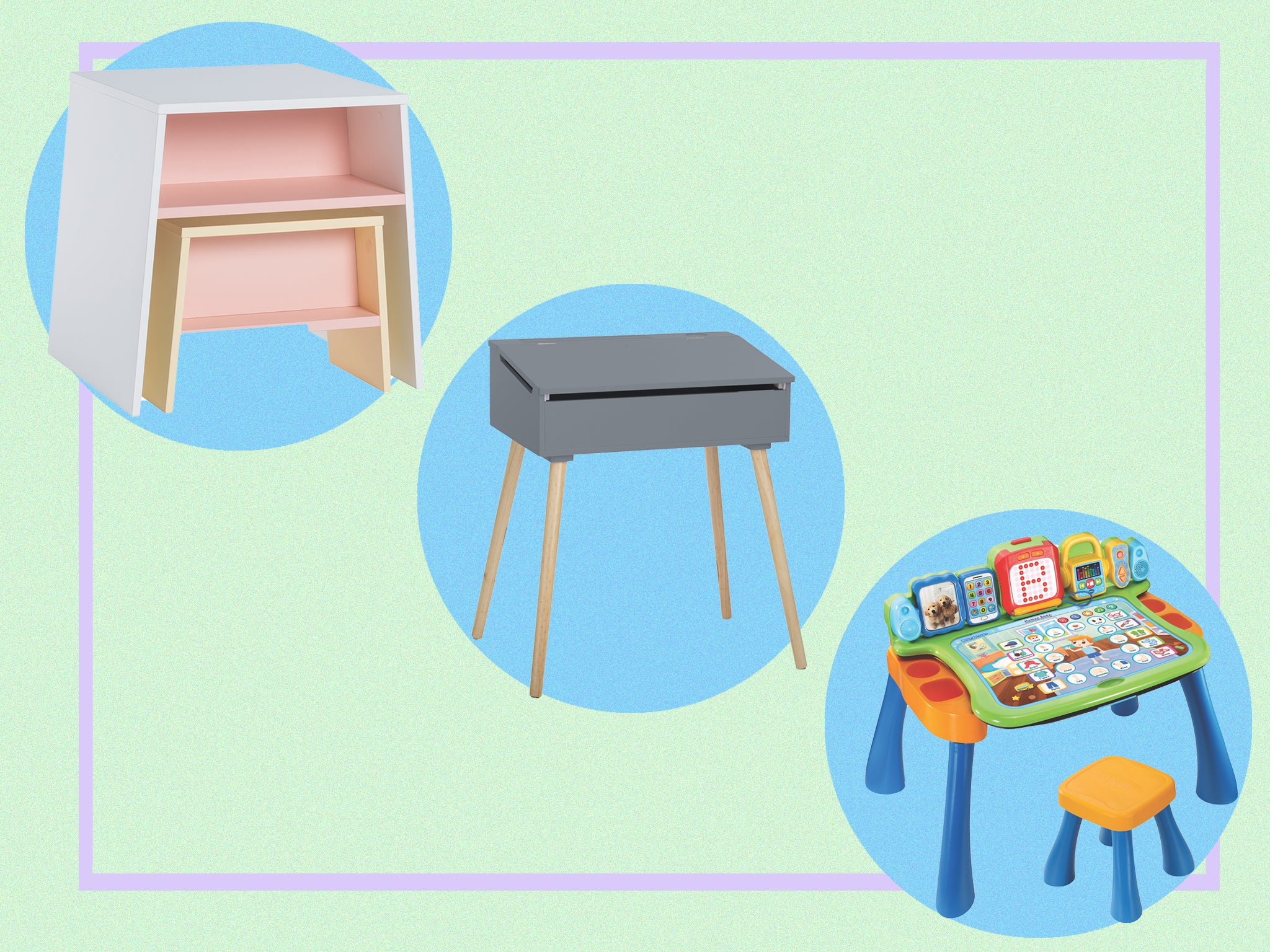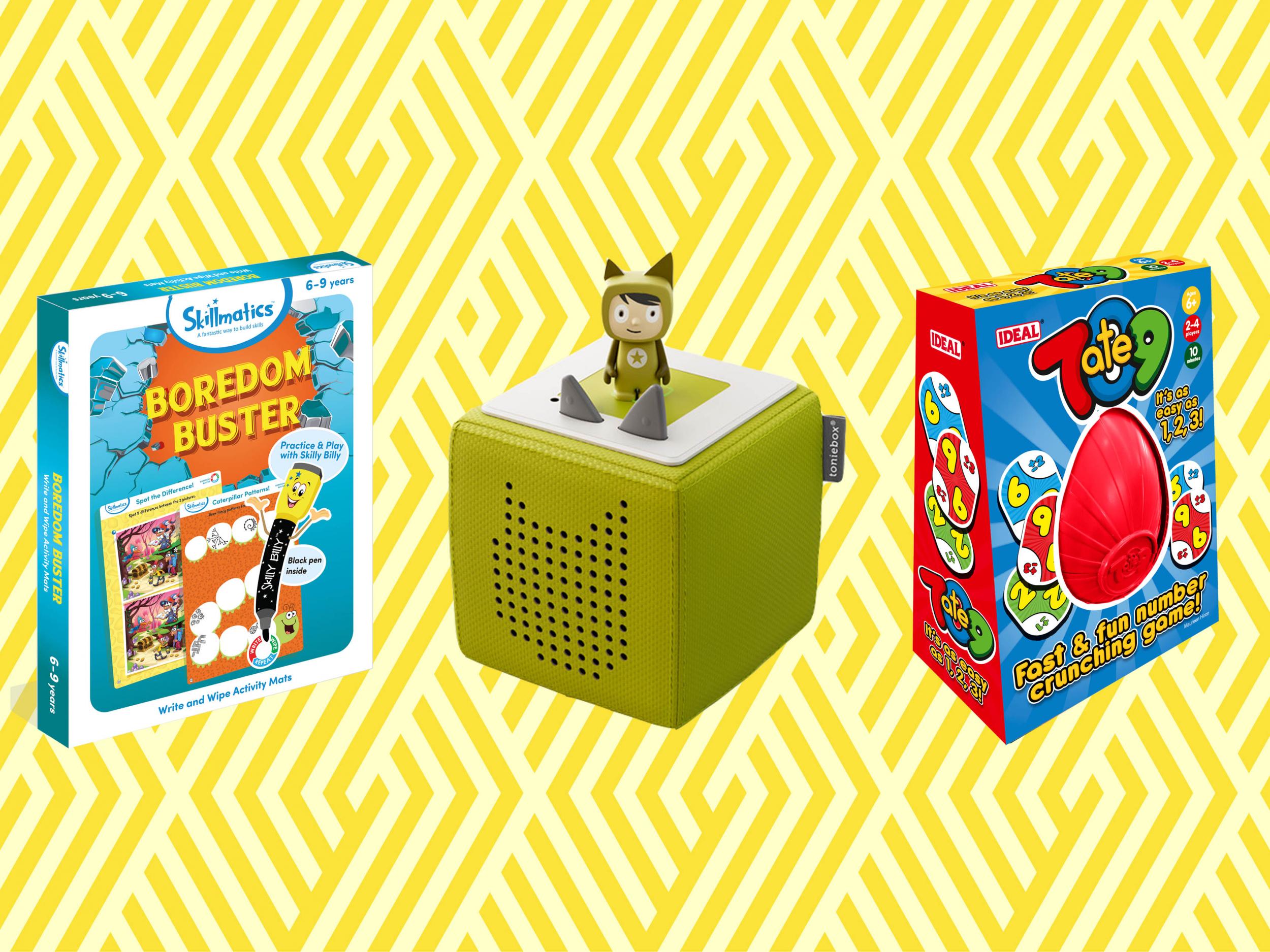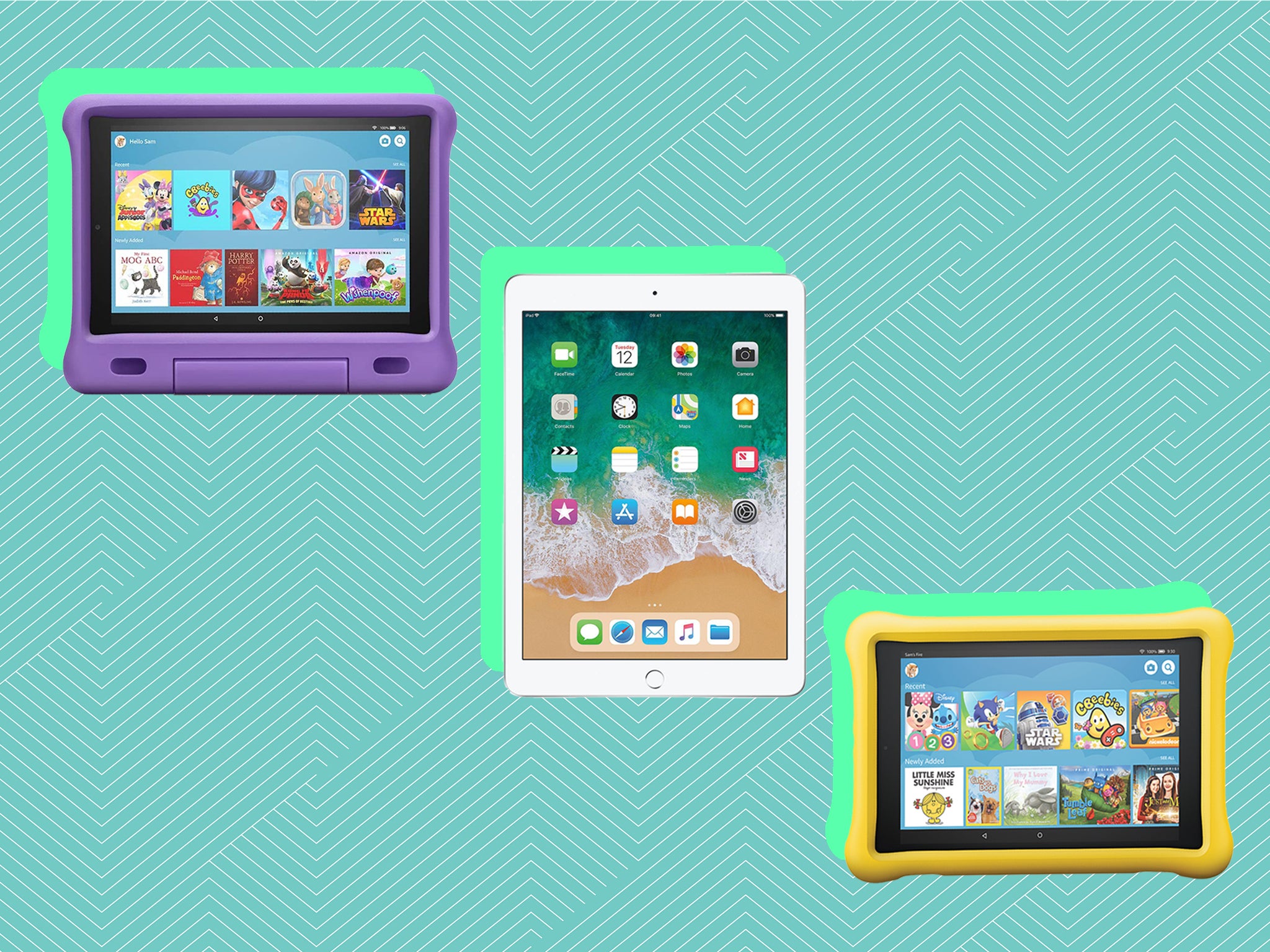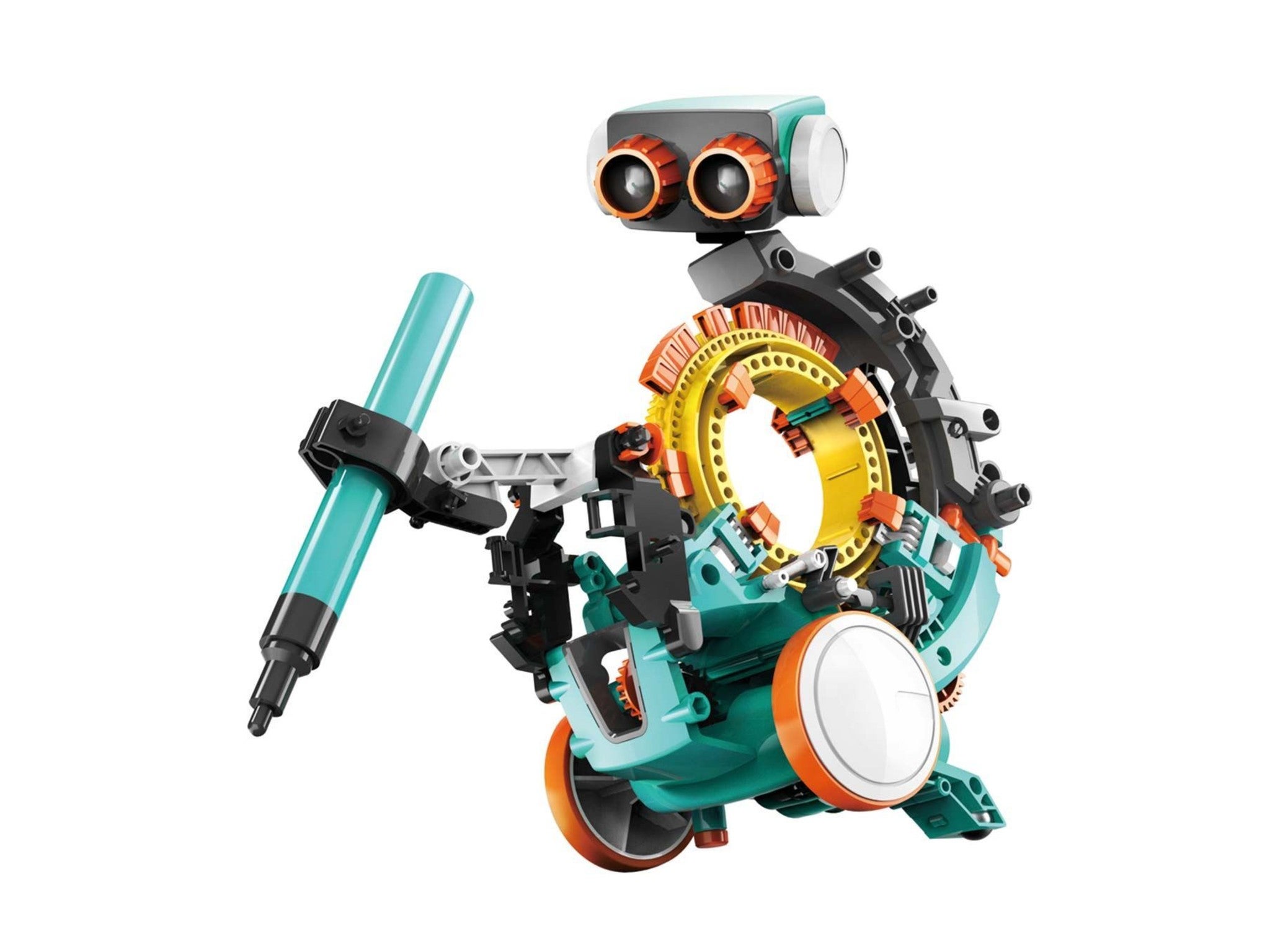
The Independent's journalism is supported by our readers. When you purchase through links on our site, we may earn commission. Why trust us?
10 best Stem toys: Help kids to learn while they play
Toys and games with a grounding in science or maths can make new subjects fun
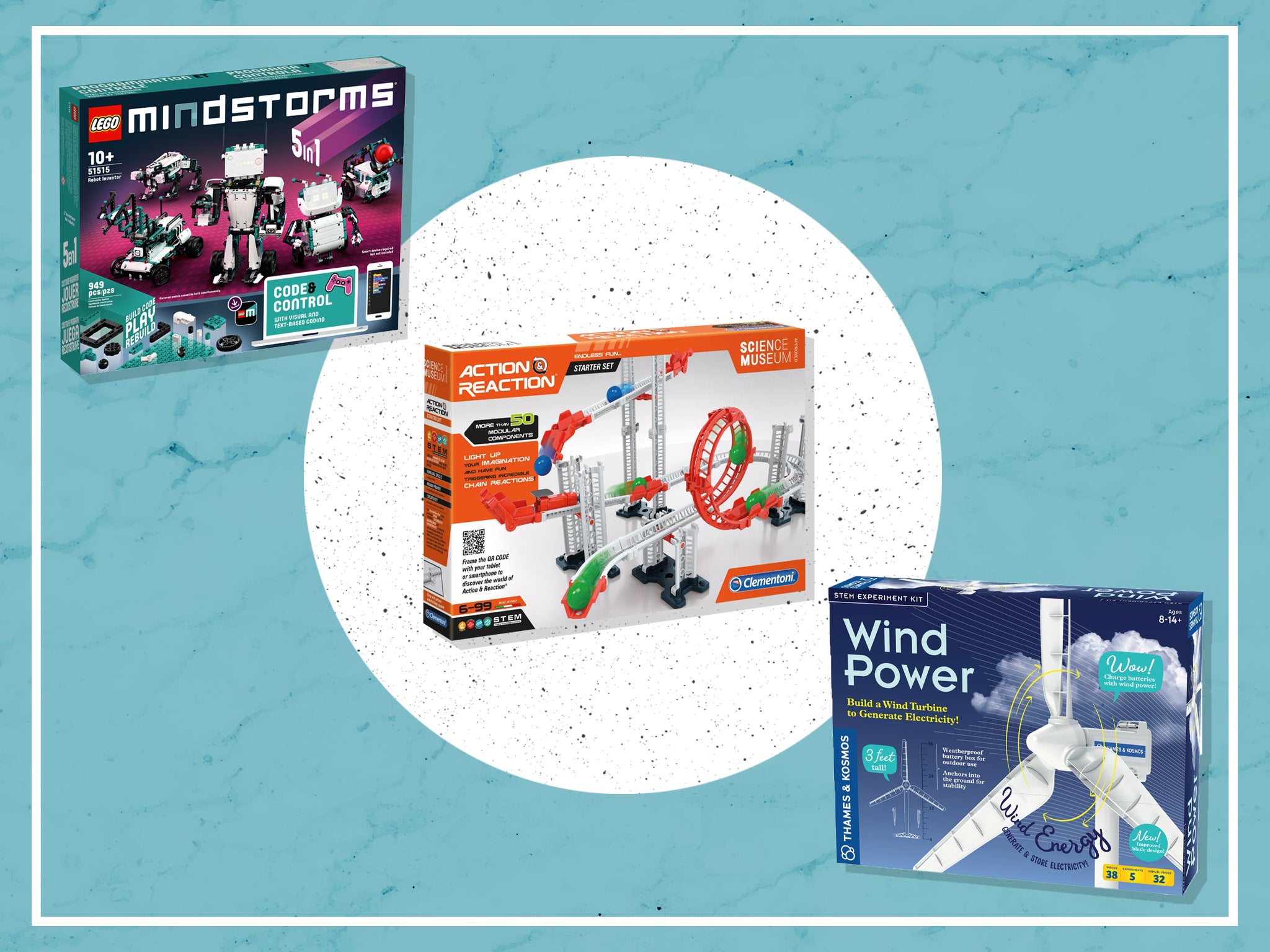
Today’s children are tomorrow’s inventors. Some parents could be raising the next James Dyson or Ada Lovelace, they just might not know it yet.
Nurturing inquisitive minds through Stem – science, technology, engineering and mathematics – learning will support the growth of the next generation of innovators.
Read more: 9 best popular science books
And learning through play at home, especially amid so much time away from schools during the pandemic, is an excellent way to do this.
But Stem knowledge is not just important for helping children achieve academically, it can also help them develop essential transferable life skills, says Georgina Durrant, a former science teacher and author of100 Ways Your Child Can Learn Through Play. Among those skills are critical thinking, creativity and scientific literacy, and Stem learning can even help children to become more resilient.
“Children get to play at trying things out and realising it’s not the end of the world if it doesn’t work; it just means they need to try again,” Durrant says.
“For example, a child could be playing with a coding robot toy with their friend, trying to instruct it to move around objects. An onlooker might just think they are pressing buttons and accidentally knocking over obstacles while squabbling with their friend over which button to press next – but, in reality, they are learning so much more.
“They are learning it’s OK to make mistakes, to keep trying new ways of coding the robot to avoid the obstacles, to think critically about why it’s not working, to be creative about their ideas and to experiment.
“And that squabbling with a friend is helping them to develop social skills, to listen to others’ ideas, to get their own ideas heard and to learn how to work as a team. All really useful skills for their future learning and for the modern world.”
Stem learning is all around us: it is in baking a cake, counting how many cars there are and planting sunflower seeds in the garden. There are also a vast number of toys available to support development in these areas.
When choosing Stem toys, Durrant says the most important question to ask is, “Will my child enjoy it?” Often, it is easy to become so focused on education that we can forget toys are, fundamentally, meant to be fun. “You can have the most amazing Stem resource in the world at home, but if your child doesn’t enjoy it, it’s not going to benefit them because it will inevitably get left in a box or shelf,” adds Durrant.
Read more: Best educational sites to help with home schooling
And Durrant points out that Stem toys do not always have to be super-advanced challenging games that will push your child’s abilities to the limit. Many of the simplest toys, such as construction kits and marble runs, are hugely beneficial to kids, she says.
With Durrant’s advice fresh in our minds, we enlisted a group of eager young testers to help put together this roundup. We tried a variety of Stem toys, from the simplest concepts to some that even challenged the adults. We have included options on opposing ends of the price scale, and some for young children and others for those who are older. All include a practical element, and promote the development of problem-solving and creativity – but, above all, they are lots of fun.
You can trust our independent reviews. We may earn commission from some of the retailers, but we never allow this to influence selections, which are formed from real-world testing and expert advice. This revenue helps to fund journalism across The Independent.
5 in 1 coding robot

If your child is mechanically minded and loves a challenge, this would make an excellent toy. Beyond building the DIY robot from the dozens of parts included, children can learn to code without even using a computer. Central to the robot’s actions is a mechanical coding wheel, onto which special buttons can be attached to instruct the robot to perform a series of functions, including moving, spinning and pausing. Our 12-year-old tester liked that she could make the robot draw by adding a pen and applying coding for movements, and much fun was had when instructing the robot to play football with the included ball.
Horrible Science frightful first experiments kit

Most children are familiar with the Horrible Science books, making this kit ideal for those who are six years old and above. It includes many of the tools you would expect to find in a real science lab, including child-friendly plastic test tubes, a petri dish, universal indicator paper and goggles. A lab notebook features characters who take youngsters through a series of experiments, and there are quizzes and interesting science facts to read about too.
The most fun was had when making a bouncy ball and, of course, throwing it about the house afterwards, and the PH testing was a hit as our testers watched different household liquids magically change the colour of the indicator paper. This lab kit was not quite as messy as the other we tried, but the experiments were just as fascinating.
The verdict: Stem toys
The Pepper Mint great treehouse engineering adventure appeals to children of different ages and abilities in several ways, so it had to be our IndyBest. Some little ones will love building the structure and adding awesome features, while others will want to play make-believe with the finished masterpiece. For older children, the Lego Mindstorms robot inventor is incredible with so many possibilities, and, for those a little younger, the GeoSafari Jr my first microscope gets our vote for igniting a passion for discovery from an early age.

